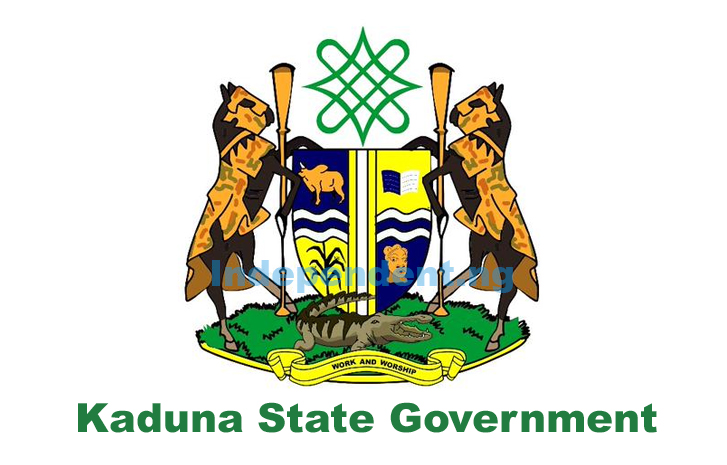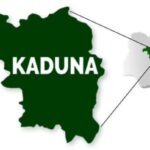The Kaduna State Government has said that it earned N171.7 billion and spent N164.6 billion, representing a half-year budget performance of 37.48 per cent and 35.92 per cent of the N48 billion approved budget for the year, respectively.
The partial breakdown of the earnings showed that the state realised N27.4bn, representing 22 per cent of the targeted N120bn Internally Generated Revenue (IGR) in 2024.
Speaking during a presentation to the estimates committee members on Medium-Term Expenditure Framework (MTEF) figures and other key issues on the preparation of the 2025-2027 budget, the Chairman of the Committee and Commissioner for Planning and Budget Commission, Ahmed Mukhtar Monrovia, said the statutory allocation expected in the state for the year stood at N84.3bn, out of which N36.1bn, representing 42.8 per cent of the total expected allocation for the year, had been actualised.
He expressed optimism that the state would have a better budget performance this year and beyond.
- NIGERIA DAILY: How Victims Of Flooding Struggle To Get Back On Their Feet
- Biosafety: US pledges support for Nigeria’s food safety
He said, “We realised that if we did not plan, we would fail. So, as planners, we met to see how to do the budget defence for the 2025-2027 multi-year budget. So, we convened this stakeholders meeting, especially the members of the estimates committee, to see how we will approach the budget defence.
“Kaduna people should expect a budget that will be all-inclusive. We want to ensure that the budget we are developing for the next three years will be implementable with expected higher performance in percentage.
“We have looked at our mistakes in the current budget, which we are trying to correct in the subsequent ones. We are looking at the sources of revenue as well to regulate where we are becoming too ambitious.”
He advised that the estimates committee should do more research and brainstorm with relevant stakeholders to arrive at realistic revenue projections for the implementation of the multi-year budget to address about 80 million multi-dimensionally poor residents.

 Join Daily Trust WhatsApp Community For Quick Access To News and Happenings Around You.
Join Daily Trust WhatsApp Community For Quick Access To News and Happenings Around You.


